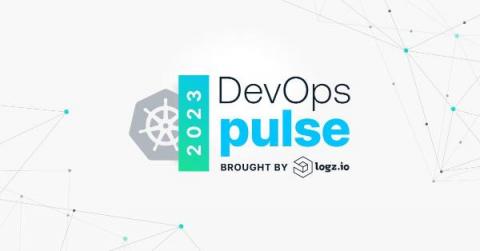There's Nuggets in Them Buckets: How Cribl Search Can Mine Your Observability Lake
Enterprises have enough data, in fact, they are overwhelmed with it, but finding the nuggets of value amongst the data ‘noise’ is not all that simple. It is bucket’d, blob’d, and bestrewn across the enterprise infrastructure in clouds, filesystems, and hosts machines. It’s logs, metrics, traces, config files, and more, but as Jimmy Buffett says, “we’ve all got ’em, we all want ’em, but what do we do with ’em”.








